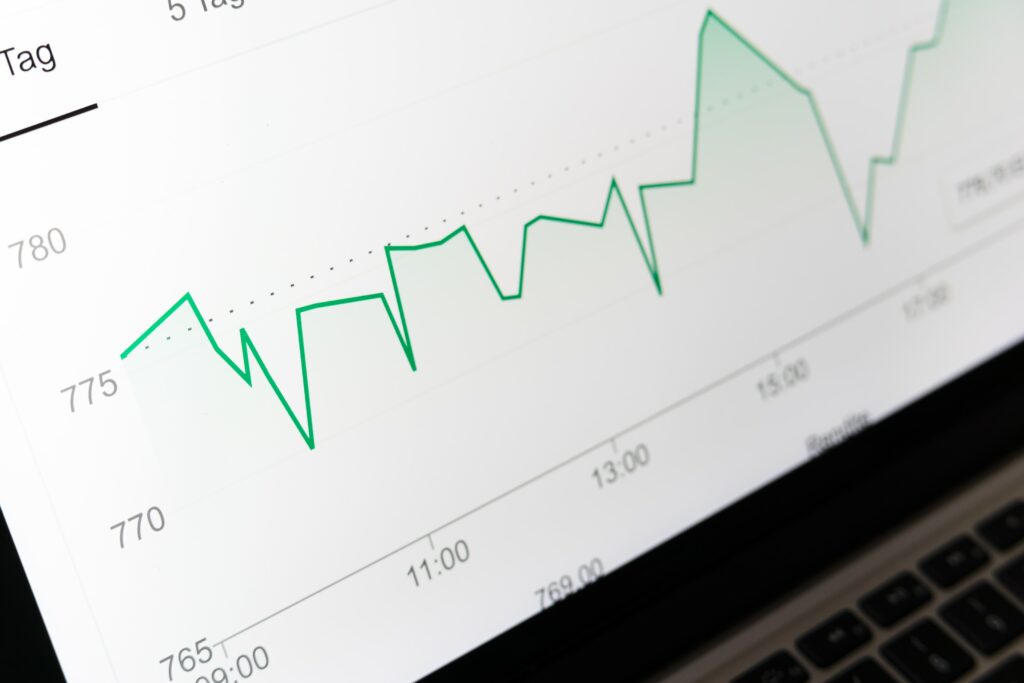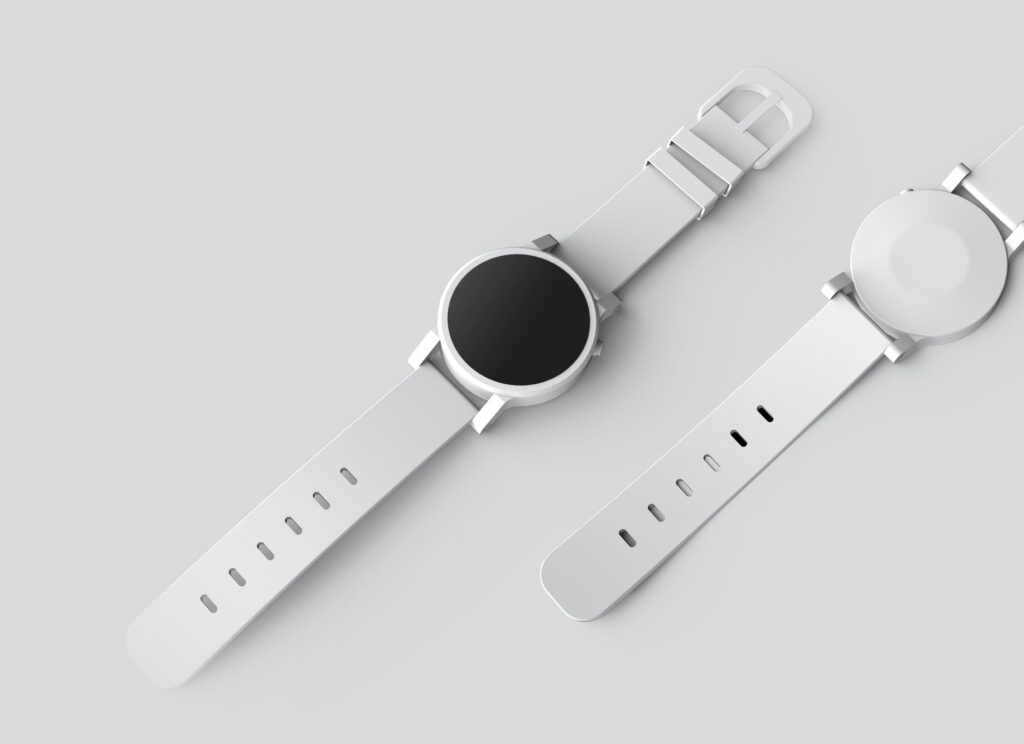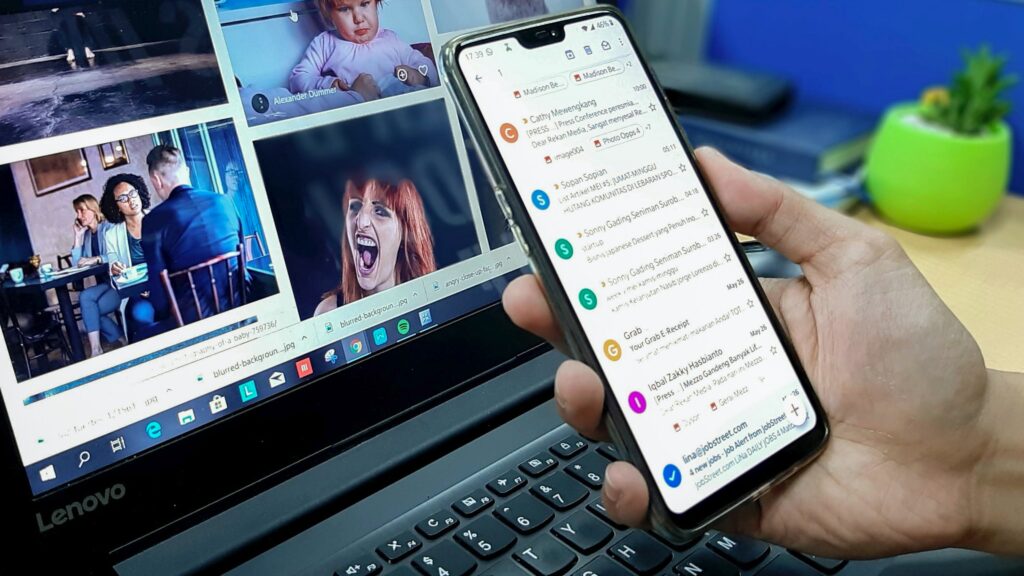Email marketing plays a big role in the world of e-commerce. After making a sale, getting a potential customer’s email address is probably one of the biggest priorities for many online stores. An email address is more than just a way of getting customers to interact with your site though, it’s actually very valuable. Email marketing usually converts to an average of $36 spent by customers for every $1 you spend on sending emails. There aren’t many investments that can give this much of a return.
Newsletters tend to be a common way of keeping in touch with current customers as well as potential customers who have signed up for updates. Trust is something that your business needs to build before some people will commit to buying one of your products. For example, a potential customer might visit your website and see a product that they like. They’re tempted to buy it there and then but, as they’re unfamiliar with your business, they decide to wait. However, they do sign up to your email list as they want to see if you’re a professional business that regularly updates their customers.
After receiving a couple of email newsletters from you (including some discount codes and general information about your business), they decide to go ahead with the purchase that they’d initially delayed. That’s ultimately the role of email marketing, including newsletters – converting delayed purchases into actual purchases.
Writing an effective newsletter to current and potential customers is something that some business owners find challenging. With lots of conflicting information out there, it can be difficult to know the best way of doing it. Although they might not all be relevant to your business, there are some basic steps you can follow in your mission to create the best possible newsletter.
What is the Goal of Your Newsletter?
Before you go into too much thought about the right content for your newsletter, you need to have a clear goal in mind as to what you want it to achieve. It will be extremely challenging to achieve high levels of success if you are writing generic newsletters that don’t really share any information that can actually benefit your business – that’s why setting and understanding a goal for your newsletter is so important.
One goal you may want to set for your newsletter is to build long-term relationships with your audience. This comes back to trust and, specifically, how much your potential customers trust your business to give them exactly what they need. Relationship-building newsletters don’t focus on selling anything and, instead, aim to share useful information about your business or the niche your business fits into. For example, if your business sells fitness-related products, then a newsletter sharing top tips for the most effective workouts can be extremely useful. While this newsletter probably won’t directly convert your email contacts into sales, it can certainly go a long way in establishing your business as a respectable and professional company and this can lead to more sales in the long run.
Another goal for your newsletter could be to directly promote your products to your customers. You could use your newsletter to highlight all of the incredible features of some of your products, you could use time-limited discounts to encourage immediate purchases, and you could promote new and upcoming products too. This type of newsletter is pretty common but it does need to be put together carefully. Around 17% of participants in a recent study said they unsubscribe from newsletters if they appear over promotional. Promoting your products is important but it needs to be done in a way that feels like you’re trying to help your customers get the best out of their future purchases rather than just listing features in a sales pitch.
You may want to use your newsletter as a way of generating referrals to your business. Anyone receiving your newsletter would’ve shown at least a vague interest in your business when they signed up, so it could be that they know other people who might be interested too. Offering referral discounts and rewards can be a great way of getting the most out of your newsletter. You might be surprised at how many customers will share your business with a friend for a seemingly small reward.
It’s worth bearing in mind that your newsletter might have more than one goal. You might be using your newsletter to build relationships but you could also ask for referrals too. It can be useful to prioritize the goals of your newsletter to make sure you have the best chance of success.
Know Who Your Audience Is
Knowing your audience covers a range of points such as the type of people you’re hoping to reach, the type of people already subscribed to your newsletter, how often you plan to send your newsletter, and how you will encourage people to sign up to receive your newsletter in the future.
If we look at the type of people you’re hoping to reach with your newsletter first. It’s likely that your preferred ultimate audience is potential customers and customers who have already purchased from your business. It’s useful to break down the common traits of these people though such as their average age, location, preferences, and alike. Understanding what your audience generally looks like will make creating content relevant to them much easier.
You might find it beneficial to separate your audience into different segments based on their behaviors or preferences. An easy way to look at this is to imagine you run an e-commerce business specializing in travel products. Some of your audience may travel frequently by car but very rarely by plane. Others might take daily or weekly flights for work so have a strong preference for plane-based travel products. To reduce the likelihood of unsubscribers, it makes sense to send content specific to your audience’s preferences. By splitting your newsletter subscribers into segments, you can send newsletters aimed at each person’s preferences without alienating other readers.
Putting some thought into when and where people can sign up to receive your newsletters is usually a very good idea. You could put a form in a prominent place on the homepage of your website prompting people to sign up as soon as they arrive. This could work for some customers but it could also put some off if you come across as too pushy. If you have a blog where you share useful information about topics specific to your niche then a sign-up form could work well at the end of each post. You could also prompt customers to sign up during the checkout process.
Sending email newsletters with the right frequency can be a challenge for some businesses. You want to send them frequently enough so your business is in the minds of readers when the time comes for them to make a purchase or refer a friend, but not too frequently that they become spammy and cause lots of people to unsubscribe from future newsletters. Once you know your audience, you should be able to come up with a workable plan for sending regular newsletters.
Newsletter Platform
There are quite a few newsletter platforms out there that you could use to create and send your newsletter. Each platform will likely have some features that others don’t, so choosing the right one for your business can have a big impact on the newsletters you end up sending. It’s important to think about the future while selecting your newsletter platform. While you might only have a handful of subscribers now, if you do a good job with your newsletter, your audience can quickly grow. The bigger your audience gets, the more your newsletter platform will have to be able to do – choosing one that can handle your future audience is equally as important as choosing one that can handle your current audience.
The features you might look for in a newsletter platform will depend on your goals, your audience, your technical knowledge, and any reporting you might want to see after each newsletter is sent.
Newsletter templates can be extremely useful. If your chosen platform has pre-built templates that you can edit and add your content to, this can save a lot of time and effort. Instead of taking hours of designing and making your newsletter, you could have it ready to go in just a few minutes. Being able to personalize your newsletters can also be beneficial. For example, if you can add a tag such as “first name” to your newsletter and the platform will then take this information from the signup form filled in by each subscriber, each newsletter you send can address the receiver personally. Other features such as being able to schedule when your newsletters send can be useful too if you want to create them ahead of time, and detailed analytics of each newsletter can make a big difference in understanding how effective each one actually is.
Apart from the features your chosen newsletter platform has, you should also consider the cost of using it, subscriber limits, how easy it is to use, and the reputation it has built. Using the right newsletter platform can be the difference between success and failure so it’s important to take your time and choose the best one for you and your business.
Think About Branding
While the content of your newsletter is vitally important, it might not ever actually be read if your branding doesn’t capture people’s attention. The template and color scheme of your newsletter can encourage people to open it or unsubscribe and delete it.
Think about the last time you received an email from a business. In your inbox you see the name of the business it’s from and a short excerpt of the content. You then decide if it’s worth opening or not – from that very brief interaction with limited information. Not only are the colors, templates, and content important, the way you talk to your customers as soon as they see your email is key to getting them to interact with your business.
When it comes to branding, around 59% of consumers prefer to buy new products from brands familiar to them. This is well worth keeping in mind as, if you are constantly changing the color scheme or the look of your newsletter, your audience could be confused as to whether the products featured within it are from a company they know and trust. If the same colors, the same layout, the same logo, and the same tone of voice are used in every newsletter you send, the risk of confusion is reduced significantly.
Think About Frequency
One of the most challenging parts of sending newsletters is knowing how often to send them. You want your subscribers to expect them, to remember them, and to have your business in their minds enough to encourage them to head to your website when the time comes for them to make a purchase. However, you don’t want them to remember your business as one who spammed their inbox with dozens of newsletters that they got fed up with.
Finding the perfect frequency is almost impossible but there does appear to be some timeframes that seem to work better than others. 61% of consumers want to see at least one email a week from brands they follow, so going beyond this timeframe could result in people not remembering you, or not being engaged with your business enough to make a purchase. Common newsletter frequencies tend to be anywhere between daily, weekly, multiple times a week, and monthly. Anything less than once a month is probably not a good idea.
Other factors that may impact how many of your newsletters get opened and interacted with include the day you send them and the time you send them. It seems that a lot of people open email newsletters during working hours (particularly towards the end of the day around 3 pm) so this seems to be an effective time for your newsletters to arrive in your subscriber’s inbox.
If your newsletter platform gives you reports on things like open rates, and click-through rates, you might be able to find the best time to send newsletters to your audience based on their past behavior. It can take some time (and some trial and error) to find the best schedule for your newsletters. However, once you’ve found what works, you can send out newsletters that you know are going to be read by a large percentage of your audience.
Be Ethical, Moral, and Comply With Privacy Regulations
When you’re trying to build your email list so your newsletters get sent to as many people as possible, it can be tempting to take shortcuts but this is never a good idea. Buying lists of email addresses might increase your mailing list in the short term but it certainly won’t build your business’s reputation – not to mention that it’s probably in contradiction to privacy regulations from various places around the world.
There’s actually quite a lot to think about when it comes to collecting email addresses ethically and morally. You might think that if a customer places an order with you, they have given you their email address so therefore you can send them emails outside of their order confirmation. This is not true! Anyone placing an order should be given the option to opt-in to receiving future email communication from you which would include your newsletters.
Anyone receiving your newsletters should also be given the option to unsubscribe from your mailing list. This might seem counterproductive allowing subscribers to leave your mailing list but it’s a very important thing to do. Not only does it come back to ethics and regulations, but it also can help build a positive reputation for your business.
Some anti-spam regulations also require you to include your business contact details in each newsletter sent. This is obviously to help keep track of where emails originate from if things are not being done in the right way, but, on a more positive note, giving your audience your contact details (email address, etc) is another way of helping to build a strong trusting relationship.
Some privacy and anti-spam regulations such as GDPR, CAN-SPAM, and CASL can impose penalties on businesses not conforming.
Sending Your First Newsletter
Before you hit the send button on your first newsletter, there are a few things to think about in order to get the most return on your investment.
One of the first things to think about is how your email will appear to your audience. Who will it be from? Will it be from your business name or your personal name? Will it be from someone else altogether? This will be your audience’s first impression so it’s important to know what approach your newsletters will take. Some businesses might want to be very professional and formal, while others might get a better result from being much more personal and approachable.
You should also think about what email address your newsletter will be sent from. If you use a no-reply email address, this could reduce the number of your newsletters that actually make it to your audience due to spam filters. Sending from a standard email address gives your subscribers the opportunity to reply directly to your newsletter. This may be something useful for you depending on what you are trying to achieve with your newsletter.
The subject and preview text need to be enough to capture the attention of your audience. They should want to open your newsletter to see what it contains and your subject and preview text play a big role in this. A simple subject such as “your business name newsletter” could be enough but you may need to come up with something more exciting. Your subject should be relevant to the content of your newsletter though. It’s normally best to avoid creating false hype with a subject just to get your email opened only to disappoint your audience if they do actually open it.
The content of your newsletter needs to have a purpose and come across as organized and professional. Start your newsletter with some opening words that will hold the reader’s attention and encourage them to want to read on. Personalize your newsletters when you can. People tend to enjoy seeing their own names and it can help build a relationship between them and your business. Keeping your newsletter concise and to the point can also be beneficial as a long, wordy email is not usually a good thing. You could also think about including a call-to-action in your newsletter. This could be to visit your website, to look at a particular product page, or anything else that gets your audience to directly interact with your business.
Before you finally hit send on your newsletter, it’s worth looking at a preview of it to see how it will look to anyone receiving it. This might cause some additional work if something doesn’t look right, but picking up errors here will be better than your customers picking them up when they read your newsletter.
After You Send Your Newsletter
Once you’ve sent your newsletter, it’s then time to keep an eye on your analytics to see how effective it has been. Looking at things like open rate, click-through rate, the number of people who unsubscribed, link clicks, website visitors, and sales numbers, are all ways of seeing how well your newsletter performed.
Depending on your industry, a good open rate is commonly between 17% and 28%. A click-through rate of a little over 2% is considered optimal, and an average unsubscribe rate of 0.1% gives a basic idea of what to look for.
Once you have a good idea of how well your newsletter worked, you can then look at preparing your next one. By taking into account everything you learned, you should begin to see improvements in all of the metrics monitored by your analytics.
As you get better and better at creating engaging and effective newsletters, you’ll probably start thinking more about building your email mailing list. This tends to be best done gradually rather than trying to grow massively in a short space of time. It’s important for businesses to engage with their customers in different ways. For example, social media is a great place for having conversations with your followers. This can help build relationships and brand reputation. Paid-for ads can also help get your business in front of a lot of people.
Email newsletters are different though. They are a personal communication with your audience that can be seen as a personalized message to them. When you engage with customers on social media, for example, everyone can see the conversation. With an email newsletter, the conversation appears to be more personal, private, and aimed specifically at the receiver. This can go a long way in making them feel valued which can encourage them to view your business as one that deserves their custom and referrals.
As your mailing list grows, you may need to change your newsletters from time to time. This is to be expected as your growing audience will have ever-changing needs that will be different from your current mailing list.













